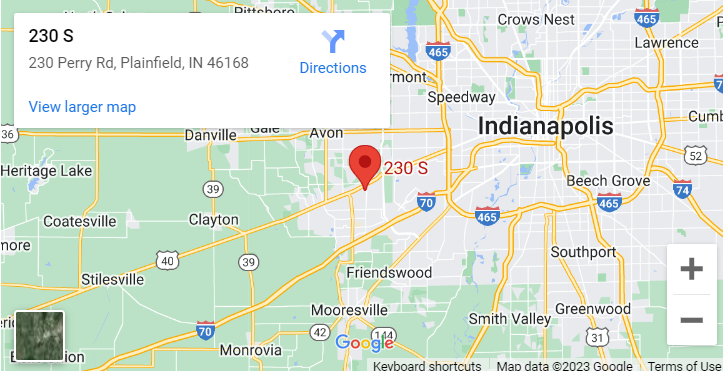Identity Theft Protection: Key Tips
Identity theft is a serious crime and it can lead to devastating results in thousands of people. There have been several cases of persons committing suicide because his identity was stolen. Relationships, plans, and dreams are destroyed because of identity theft. This is why the government is taking steps in addressing the rising problem of identity theft. However, it seems that these cyber-thieves are very talented. They are difficult to catch. This is why it is up to the individual to take measures to protect against identity theft. Here are the key tips that every individual must keep in mind.
Keep the social security card in a secret and secure place. This means that an individual should never place his social security card in his wallet. This card might be as good as the driver’s license but it contain one extremely sensitive information, which is the nine-digit social security number (SSN) that identifies a person and unlocks bank and credit information. Thus, leave that card out of the wallet. In connection with the idea of protecting the SSN, an individual should never tell it to strangers and should never reveal it in an online form.
Shred any document or paper that contains important information. An individual will regularly receive mail and documents that contain important information about his person, such as bank account number and credit card account number. These documents must be shredded, as opposed to simply throwing them in the garbage can. Identity thieves have been known to go through trashcans to retrieve the said information.
Think first before you click. Identity thieves who use the internet have learned to copy websites and use these websites to steal information. Such websites are called phishing websites. For example, the identity thief or scam artist will copy the website of a bank. A client of this bank, who absentmindedly logs into the online banking site, will be facing a webpage that asks for information. This webpage would explain that it is updating information about the bank’s clients. And the gullible client may simply fill out the form and click the “OK” or “SEND” button.
Before clicking the button or sending vital information in the internet, an individual must first check the URL (Universal Resource Locator) of the webpage that he is facing and determine if it is authentic. For example, the authentic website for eBay is http:ebay.com and the fake one is https:ebay.com. There is a one-letter difference. This does not mean that the “https” indicate a phony website. In fact, the additional s is desirable when entering personal information. This letter s, along with a symbol of a lock at the bottom screen, indicates that the website is secure.
And lastly, always check the details, especially the details on the bank account statement and the credit card bill. Some people, upon receiving the credit card bill, postpone the opening of the envelope because they don’t want to see how much they must pay before a specified due date. This habit can be damaging because these people do not immediately know if there have been unauthorized use of the credit card.



